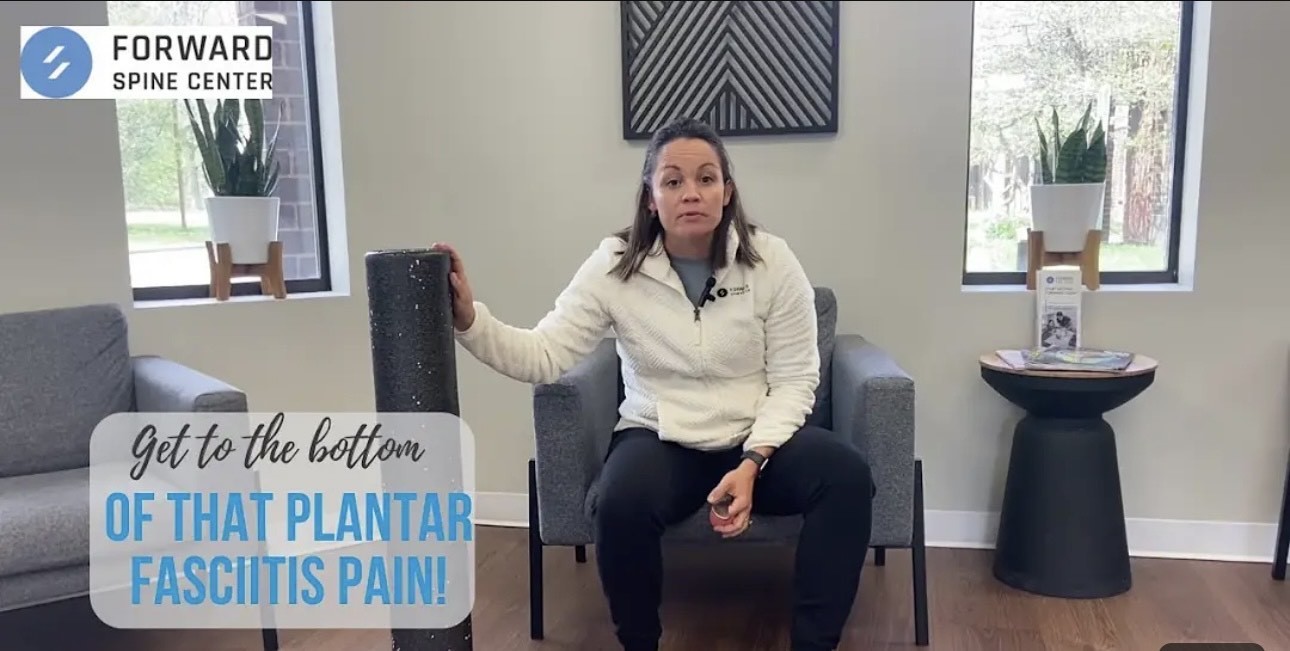
1. Proper Shoe Wear: The most common cause of plantar fasciitis is fallen arches. During the acute phase, wear supportive shoes and consider custom orthotics to support the arch. Strengthening your toes is also crucial, especially when barefoot in the morning.
2. Manual Therapy: Using trigger point massage and soft tissue work on the gastroc and soleus with tools like a foam roller, trigger ball, or frozen water bottle can be beneficial. Another way to help is to roll out the plantar fascia from the toes to the heel to reduce inflammation and break up adhesions. A gua sha tool with lotion can also help. Acupuncture might be added to further break down adhesions.
3. Big Toe Flexibility: The big toe plays a crucial role in walking. Lack of big toe flexibility stresses the plantar fascia. Improve flexibility by crossing your foot over your knee and mobilizing the big toe joint, or standing on a stair and loading the joint. For this exercise, please refer to our video on it where we give a demonstration on how to perform it.
4. Calf Flexibility: Tight calf muscles often correlate with plantar fasciitis. Break up adhesions with a roller or trigger ball, and stretch the calf and soleus. Stretch by leaning against a wall with your toes on it, or by pointing your toes inward and outward to stretch different parts of the calf.
5. Strengthening: Strengthen the big and little toes, calf, soleus, hamstrings, and glutes. This helps reduce morning pain and prevents future issues. Proper strengthening ensures the plantar fascia isn’t overstressed.
For any questions, feel free to reach out. We’re here to support your health journey. Thank you!
Dr. Madeline Klesk
Contact Me


